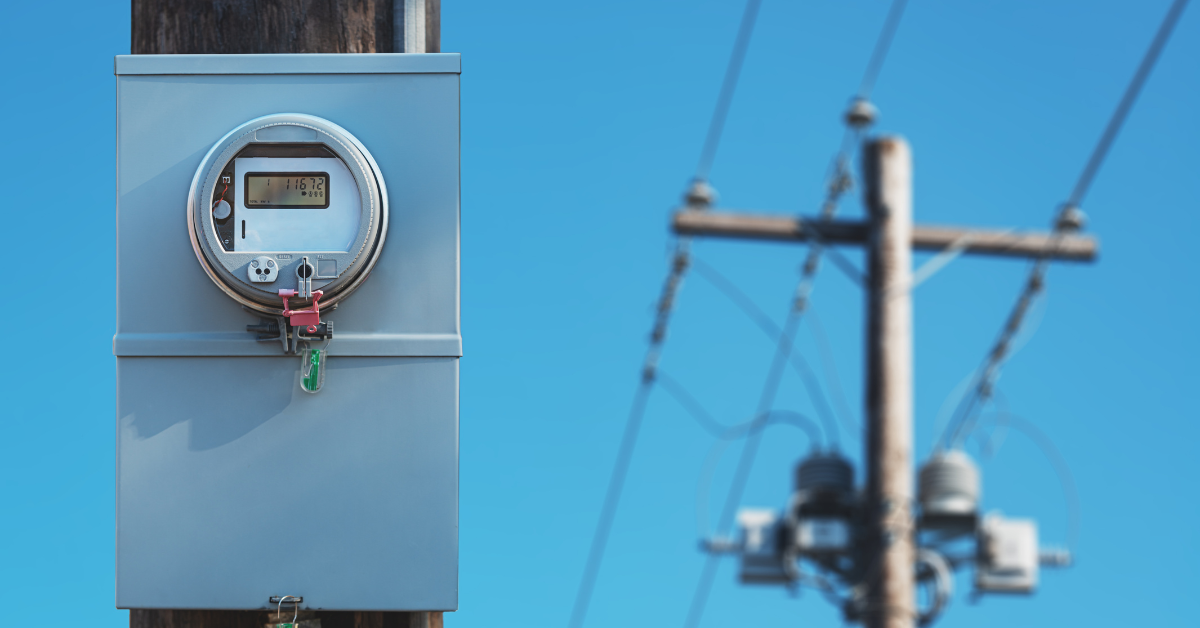Rising Electricity Costs and Intensifying Heat Underscore the Urgency of Renewable Energy Transition

Meralco, the largest private electric distribution company in the Philippines, recently announced an increase in its electricity rate by 26 centavos per kilowatt hour (kWh). This comes at a time when the country is experiencing extreme heat, with the heat index reaching as high as 45 degrees Celsius.
Households, particularly low-income families, are struggling to afford the electricity they need. A conservative household consumption of 300 kWh means an additional PHP 78 per month—an amount that could otherwise be spent on necessities like food. This is particularly alarming in a country where electricity prices are already among the highest in the region.
Despite being one of the world's most climate-vulnerable countries, the Philippines remains heavily dependent on fossil fuels, with 78% of its electricity coming from coal, oil, and natural gas. This dependence is costly, with the country spending between PHP 900 billion to PHP 1.2 trillion annually on fossil fuels. At the same time, it contributes to climate change, with the Philippines emitting approximately 154 million metric tons (MtCO₂) of carbon dioxide in 2023 from fossil fuel combustion and industrial processes. In the past two decades, the Philippines’ CO₂ emissions had more than doubled.
This situation creates a vicious cycle: those who contribute the least to climate change (low-income Filipinos) are the ones suffering the most from its impacts, including stronger typhoons, severe flooding, and extreme heat. To make matters worse, they are also the ones paying the price for fossil fuel dependency through unaffordable electricity costs.
Breaking this cycle requires an energy revolution. The Philippines must transition to homegrown renewable energy sources that are not only cleaner but also more affordable and sustainable. Solar power, in particular, offers significant advantages: it produces no air or noise pollution, requires minimal maintenance, and reduces reliance on costly, foreign and dirty fossil fuel. The global average cost of solar energy has already fallen to $0.044 (PHP 2.5) per kWh, while offshore wind is even cheaper at $0.033 (PHP 1.8) per kWh. Even factoring in transmission costs, solar energy could be priced at less than PHP 4 per kWh, which is significantly cheaper than current electricity rates.
The Philippine government must take the lead in making renewable energy accessible and affordable. While individual households, especially those struggling to pay their current bills, cannot be expected to install their own solar systems, large-scale investments in distributed renewable energy can drive down costs and provide energy security.
Rooftop solar photovoltaic (PV) systems and other decentralized energy solutions can shield communities from price volatility, reduce dependence on imported fossil fuels, and ensure that even during power shortages, Filipinos have access to electricity.
The Philippines is blessed with abundant sunlight and wind, yet it remains trapped in fossil fuel dependence. This must change. The country has the potential to achieve energy independence through homegrown renewable energy sources to ensure economic stability, reduce climate vulnerability, and protect the marginalized. Filipinos deserve clean, affordable energy that secures their future.
Visit https://www.greenpacs.org.cn/en/ for more information about People of Asia for Climate Solutions.
For inquiries, contact:
Leovy C. Ramirez (she/her)
Communications Officer, People of Asia for Climate Solutions
leovyramirez@greenpacs.org.cn | leovinaramirez@gmail.com
